Mineralogy, the scientific study of minerals, has been a fascinating field of research for centuries. Throughout history, numerous individuals have made significant contributions to our understanding of the physical and chemical properties of minerals, as well as their formation, occurrence, and use.
These pioneering mineralogists have helped to shape the field and have left a lasting impact on our knowledge of the Earth’s crust. In this article, we will explore the lives and achievements of the top 12 most influential mineralogists in history, whose dedication and passion for minerals have helped to unlock the secrets of the Earth.
Minerals have been an integral part of human history, from the earliest stone tools to the modern-day use of minerals in technology and industry. The study of minerals, known as mineralogy, has evolved over centuries, driven by the curiosity and dedication of countless individuals who have sought to understand the nature and properties of these fascinating substances.
The top 12 most influential mineralogists in history are a diverse group of individuals, hailing from different countries and eras, but all sharing a common passion for minerals and a desire to unlock their secrets. Some were driven by a thirst for knowledge and a desire to understand the fundamental building blocks of the Earth, while others were motivated by the practical applications of minerals in industry and technology.
Each of these mineralogists made significant contributions to the field, whether through their groundbreaking discoveries, their innovative research methods, or their tireless efforts to promote and advance the study of minerals. Their legacy lives on today, inspiring new generations of mineralogists to continue pushing the boundaries of our knowledge and understanding of the mineral world.
In this article, we will delve into the lives and achievements of these remarkable individuals, exploring their most significant discoveries, their pioneering research, and their lasting impact on the field of mineralogy. From the early pioneers who first began to systematically study minerals to the modern-day scientists who continue to unravel their mysteries, these are the top 12 most influential mineralogists in history.
Georgius Agricola
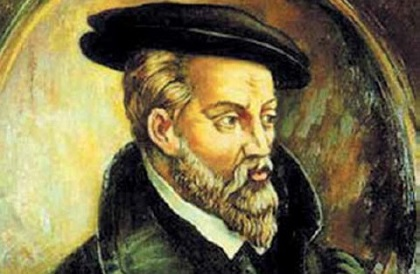
Georgius Agricola (1494-1555) was a German mineralogist and scholar who is widely regarded as the “father of mineralogy.” Born in Saxony, Agricola received a classical education and later studied medicine in Italy before returning to Germany to work as a physician and pharmacist.
Agricola’s most significant contribution to mineralogy was his pioneering work on the systematic classification and description of minerals. In his most famous work, “De Re Metallica,” published in 1556, Agricola provided detailed descriptions of the physical and chemical properties of over 80 different minerals, as well as their occurrence, extraction, and use in mining and metallurgy.
Agricola’s work was groundbreaking in its systematic approach to mineral classification and its emphasis on empirical observation and experimentation. He recognized the importance of physical properties such as color, hardness, and crystal form in identifying and classifying minerals, and he developed a standardized terminology for describing these properties.
Agricola’s legacy extends beyond his contributions to mineralogy, as his work also had a significant impact on the development of mining and metallurgy in Europe. “De Re Metallica” served as a standard reference work for miners and metallurgists for centuries, and its detailed descriptions of mining techniques and equipment helped to spur technological innovation in the industry.
René Just Haüy

René Just Haüy (1743-1822) was a French mineralogist and crystallographer who made significant contributions to the understanding of crystal structure and symmetry. Born in Saint-Just-en-Chaussée, France, Haüy initially studied theology before turning his attention to natural science and mathematics.
Haüy’s most significant contribution to mineralogy was his discovery of the law of rational indices, which states that the faces of a crystal are related to each other by simple whole number ratios. This discovery laid the foundation for the modern understanding of crystal structure and symmetry, and it helped to establish crystallography as a distinct branch of mineralogy.
Haüy also made significant contributions to the classification and description of minerals. He developed a systematic approach to mineral classification based on their chemical composition and crystal structure, and he created a standardized nomenclature for describing the physical properties of minerals.
Haüy’s work had a profound impact on the development of mineralogy and crystallography, and his ideas continue to influence the field to this day. His emphasis on the importance of crystal structure and symmetry in understanding the properties of minerals helped to establish these concepts as fundamental principles of the field.
James Dwight Dana

James Dwight Dana (1813-1895) was an American mineralogist, geologist, and zoologist who made significant contributions to the study of minerals and the development of the field of mineralogy in the United States. Born in Utica, New York, Dana studied geology and mineralogy at Yale University before embarking on a career as a professor and researcher.
Dana’s most significant contribution to mineralogy was his work on the classification and description of minerals. In his landmark work, “System of Mineralogy,” first published in 1837, Dana provided a comprehensive and systematic treatment of the physical and chemical properties of minerals, as well as their occurrence and distribution.
Dana’s classification system, which was based on the chemical composition and crystal structure of minerals, became the standard for mineral classification in the United States and had a significant influence on the development of mineralogy worldwide. His work also helped to establish the study of minerals as a distinct branch of the natural sciences in the United States.
In addition to his work on mineralogy, Dana made significant contributions to the fields of geology and zoology. He was a pioneer in the study of the geology of the Pacific Ocean and the volcanic islands of Hawaii, and his work helped to establish the importance of volcanic activity in shaping the Earth’s surface.
William Lawrence Bragg
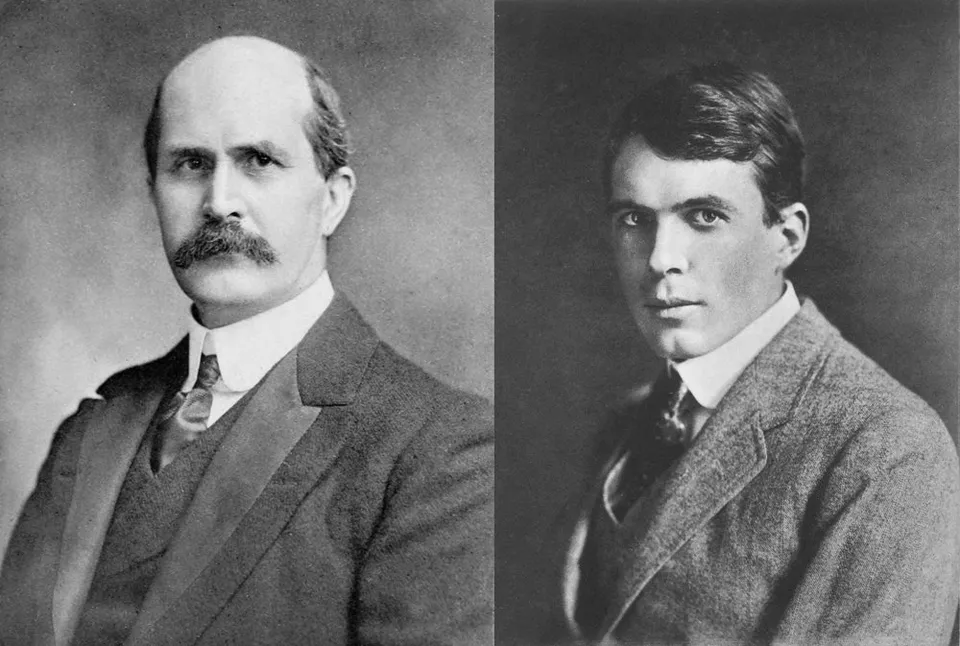
William Lawrence Bragg (1890-1971) was an Australian-born British physicist and crystallographer who made significant contributions to the understanding of crystal structure and the development of X-ray crystallography. Born in Adelaide, Australia, Bragg studied mathematics and physics at the University of Cambridge before embarking on a career as a researcher and professor.
Bragg’s most significant contribution to mineralogy was his pioneering work on the use of X-rays to study the structure of crystals. In 1912, Bragg and his father, William Henry Bragg, developed the Bragg equation, which describes the relationship between the wavelength of X-rays and the spacing of atoms in a crystal lattice.
The Bragg equation provided a powerful tool for studying the atomic structure of minerals and other crystalline materials, and it laid the foundation for the development of X-ray crystallography as a major branch of mineralogy and materials science. Bragg’s work also helped to establish the importance of crystal structure in understanding the properties and behavior of minerals.
In addition to his work on X-ray crystallography, Bragg made significant contributions to the study of the atomic structure of metals and alloys, and he played a key role in the development of the field of solid-state physics. He was awarded the Nobel Prize in Physics in 1915, along with his father, for their pioneering work on X-ray crystallography.
Victor Moritz Goldschmidt
Victor Moritz Goldschmidt (1888-1947) was a Norwegian mineralogist and geochemist who made significant contributions to the understanding of the distribution and behavior of elements in the Earth’s crust. Born in Zürich, Switzerland, Goldschmidt studied geology and mineralogy at the University of Oslo before embarking on a career as a researcher and professor.
Goldschmidt’s most significant contribution to mineralogy was his development of the field of geochemistry, which studies the distribution and behavior of chemical elements in the Earth’s crust and mantle. In his landmark work, “Geochemische Verteilungsgesetze der Elemente” (Geochemical Distribution Laws of the Elements), published in nine parts between 1923 and 1938, Goldschmidt provided a comprehensive treatment of the geochemistry of the elements and their distribution in the Earth’s crust.
Goldschmidt’s work helped to establish geochemistry as a distinct branch of the earth sciences, and it laid the foundation for the modern understanding of the behavior and distribution of elements in the Earth’s crust. He also made significant contributions to the study of the crystal chemistry of minerals, and he developed a classification system for minerals based on their chemical composition and crystal structure.
Goldschmidt’s legacy extends beyond his contributions to mineralogy and geochemistry, as he was also a pioneer in the application of geochemistry to the study of ore deposits and the exploration for mineral resources. His work helped to establish the importance of geochemistry in the mining industry and laid the foundation for modern mineral exploration techniques.
Paul Niggli

Paul Niggli (1888-1953) was a Swiss mineralogist and crystallographer who made significant contributions to the understanding of the crystal structure and chemistry of minerals. Born in Zofingen, Switzerland, Niggli studied mineralogy and crystallography at the University of Zurich before embarking on a career as a researcher and professor.
Niggli’s most significant contribution to mineralogy was his development of the concept of the “crystal structure type,” which describes the basic arrangement of atoms in a crystal lattice. Niggli recognized that many minerals with different chemical compositions could have the same basic crystal structure, and he developed a classification system for minerals based on their crystal structure types.
Niggli’s work helped to establish the importance of crystal structure in understanding the properties and behavior of minerals, and it laid the foundation for the modern understanding of the relationship between crystal structure and chemical composition in minerals. He also made significant contributions to the study of the phase relations of minerals and the thermodynamics of mineral systems.
In addition to his work on mineralogy and crystallography, Niggli was a pioneer in the application of X-ray diffraction techniques to the study of minerals. He developed new methods for the analysis of crystal structures using X-ray diffraction, and his work helped to establish X-ray crystallography as a major tool in mineralogical research.
Linus Pauling
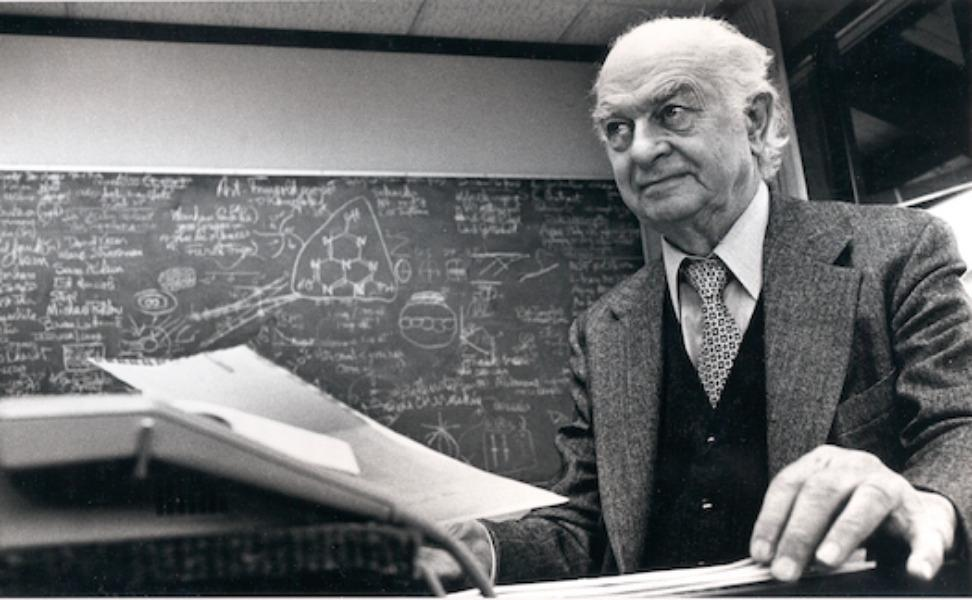
Linus Pauling (1901-1994) was an American chemist, biochemist, and mineralogist who made significant contributions to the understanding of the chemical bonding and structure of minerals. Born in Portland, Oregon, Pauling studied chemistry at Oregon State University before embarking on a career as a researcher and professor at the California Institute of Technology.
Pauling’s most significant contribution to mineralogy was his development of the concept of the “resonance structure,” which describes the way in which electrons are shared between atoms in a mineral. Pauling recognized that the chemical bonding in minerals was more complex than previously thought, and he developed a new theoretical framework for understanding the electronic structure of minerals.
Pauling’s work helped to establish the importance of quantum mechanics in understanding the properties and behavior of minerals, and it laid the foundation for the modern understanding of the relationship between chemical bonding and mineral structure. He also made significant contributions to the study of the crystal structure of minerals, and he developed new methods for the analysis of mineral structures using X-ray diffraction.
In addition to his work on mineralogy and chemistry, Pauling was a pioneer in the application of quantum mechanics to the study of biological systems. He made significant contributions to the understanding of the structure and function of proteins, and he was awarded the Nobel Prize in Chemistry in 1954 for his work on the nature of the chemical bond.
Olinto De Pretto
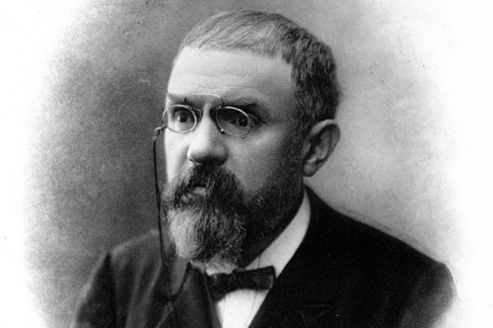
Olinto De Pretto (1857-1905) was an Italian mineralogist who made significant contributions to the understanding of the properties and occurrence of minerals in Italy. Born in Vicenza, Italy, De Pretto studied natural sciences at the University of Padua before embarking on a career as a researcher and professor.
De Pretto’s most significant contribution to mineralogy was his systematic study of the minerals of Italy. In his work, “I minerali dell’Italia” (The Minerals of Italy), published in 1893, De Pretto provided a comprehensive overview of the physical and chemical properties of minerals found in Italy, as well as their occurrence and distribution.
De Pretto’s work helped to establish the importance of regional studies in mineralogy, and it laid the foundation for the modern understanding of the mineral resources of Italy. He also made significant contributions to the study of the crystal morphology of minerals, and he developed new methods for the analysis of mineral structures using optical microscopy.
In addition to his work on mineralogy, De Pretto was a pioneer in the application of mineralogy to the study of archaeological materials. He made significant contributions to the understanding of the use of minerals in ancient Roman pottery and glassmaking, and his work helped to establish the importance of mineralogy in archaeological research.
Gabrielle Donnay
Gabrielle Donnay (1920-1987) was a Belgian-American crystallographer and mineralogist who made significant contributions to the understanding of the crystal structure and symmetry of minerals. Born in Brussels, Belgium, Donnay studied physics and chemistry at the University of Brussels before embarking on a career as a researcher and professor in the United States.
Donnay’s most significant contribution to mineralogy was her development of the concept of “derivative crystal structures,” which describes the relationship between the crystal structures of different minerals. Donnay recognized that the crystal structures of many minerals could be derived from a few basic “parent” structures, and she developed a theoretical framework for understanding the symmetry and topology of these derivative structures.
Donnay’s work helped to establish the importance of group theory and topology in understanding the crystal structure and symmetry of minerals, and it laid the foundation for the modern understanding of the relationship between mineral structure and properties. She also made significant contributions to the study of the phase transitions and structural transformations of minerals.
In addition to her work on mineralogy and crystallography, Donnay was a pioneer in the application of computer methods to the study of crystal structures. She developed new algorithms and software for the analysis of crystal structures using X-ray diffraction data, and her work helped to establish the importance of computational methods in mineralogical research.
Hans Philipp Wager

Hans Philipp Wager (1926-2015) was a Swiss mineralogist and geochemist who made significant contributions to the understanding of the mineralogy and geochemistry of alpine environments. Born in Bern, Switzerland, Wager studied geology and mineralogy at the University of Bern before embarking on a career as a researcher and professor.
Wager’s most significant contribution to mineralogy was his systematic study of the minerals and geochemistry of alpine environments in Switzerland and Austria. In his work, Wager provided a comprehensive overview of the physical and chemical properties of minerals found in alpine environments, as well as their occurrence and distribution.
Wager’s work helped to establish the importance of regional studies in mineralogy, and it laid the foundation for the modern understanding of the mineral resources and geochemistry of alpine environments. He also made significant contributions to the study of the weathering and alteration of minerals in alpine environments, and he developed new methods for the analysis of mineral compositions using electron microprobe techniques.
In addition to his work on mineralogy and geochemistry, Wager was a pioneer in the application of mineralogy to the study of environmental and health issues. He made significant contributions to the understanding of the environmental and health impacts of asbestos and other mineral dusts, and his work helped to establish the importance of mineralogy in environmental and occupational health research.
Friedrich Klockmann
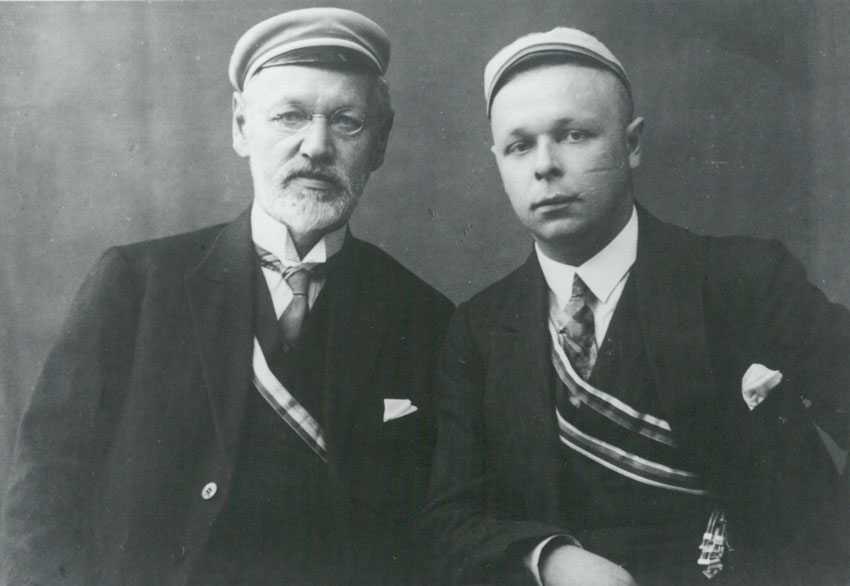
Friedrich Klockmann (1858-1937) was a German mineralogist and geologist who made significant contributions to the understanding of the mineralogy and geology of Germany. Born in Braunschweig, Germany, Klockmann studied geology and mineralogy at the University of Göttingen before embarking on a career as a researcher and professor.
Klockmann’s most significant contribution to mineralogy was his systematic study of the minerals and geology of Germany. In his landmark work, “Lehrbuch der Mineralogie” (Textbook of Mineralogy), first published in 1891, Klockmann provided a comprehensive overview of the physical and chemical properties of minerals, as well as their occurrence and distribution in Germany.
Klockmann’s work helped to establish the importance of regional studies in mineralogy, and it laid the foundation for the modern understanding of the mineral resources and geology of Germany. He also made significant contributions to the study of the crystal morphology of minerals, and he developed new methods for the analysis of mineral structures using optical microscopy.
In addition to his work on mineralogy and geology, Klockmann was a pioneer in the application of mineralogy to the study of economic geology and mineral resources. He made significant contributions to the understanding of the occurrence and distribution of ore deposits in Germany, and his work helped to establish the importance of mineralogy in the mining industry.
Conclusion
The top 12 most influential mineralogists in history have made incredible contributions to our understanding of the physical and chemical properties of minerals, as well as their formation, occurrence, and use. From the early pioneers who first began to systematically study minerals to the modern-day scientists who continue to unravel their mysteries, these individuals have dedicated their lives to unlocking the secrets of the mineral world.
Through their groundbreaking discoveries, innovative research methods, and tireless efforts to promote and advance the study of minerals, these mineralogists have helped to shape the field and have left a lasting impact on our knowledge of the Earth’s crust. Their work has laid the foundation for countless advances in fields ranging from materials science and technology to environmental and occupational health.
As we continue to study and explore the incredible diversity and complexity of minerals, it is important to remember the contributions of these pioneering mineralogists and to build upon their legacy of scientific discovery and innovation. By working to unlock the secrets of minerals and to understand their roles in shaping our world, we can continue to advance our knowledge and understanding of the Earth and its resources.
So let us celebrate the lives and achievements of these remarkable individuals, and let us continue to support the vital work of mineralogists around the world as they seek to unravel the mysteries of the mineral world. For it is through their tireless efforts and unwavering dedication that we can truly begin to understand and appreciate the incredible complexity and beauty of the Earth’s mineral treasures.

